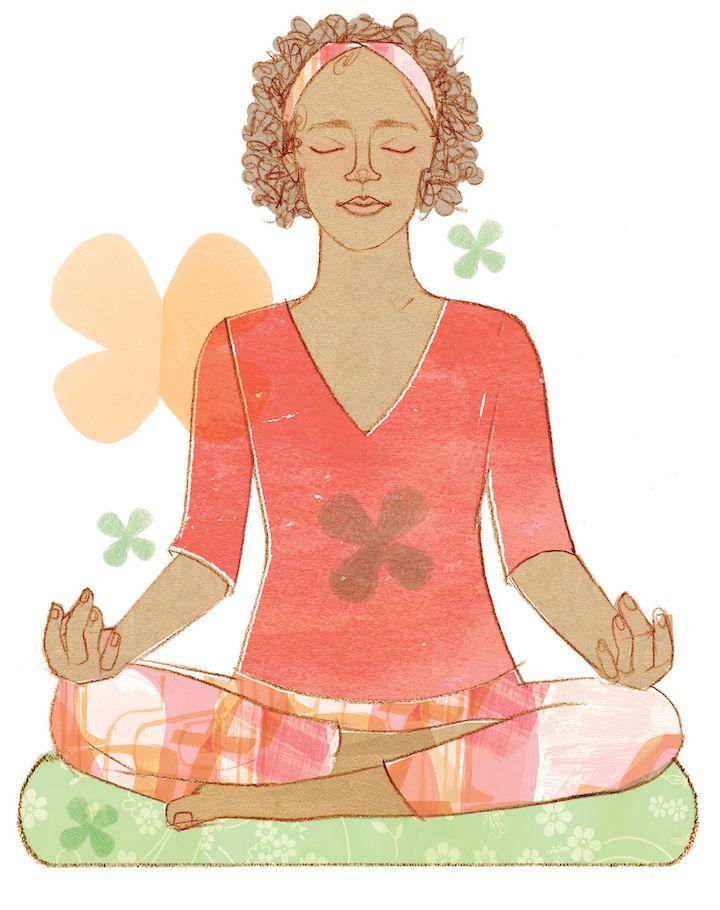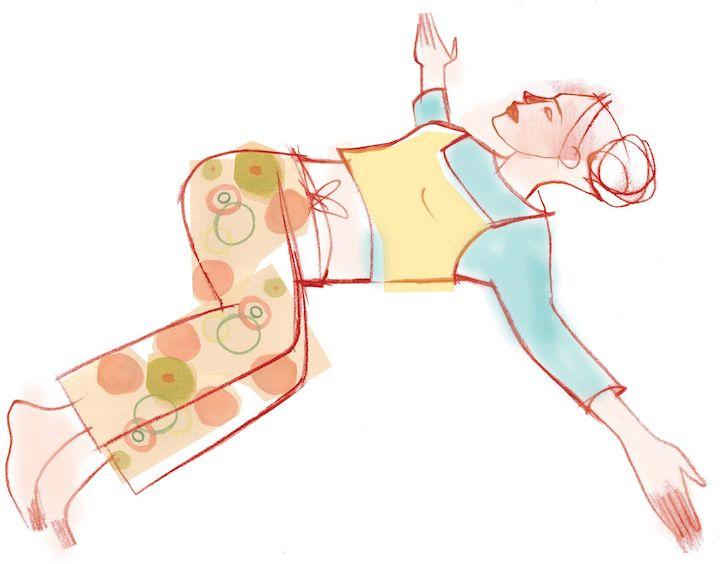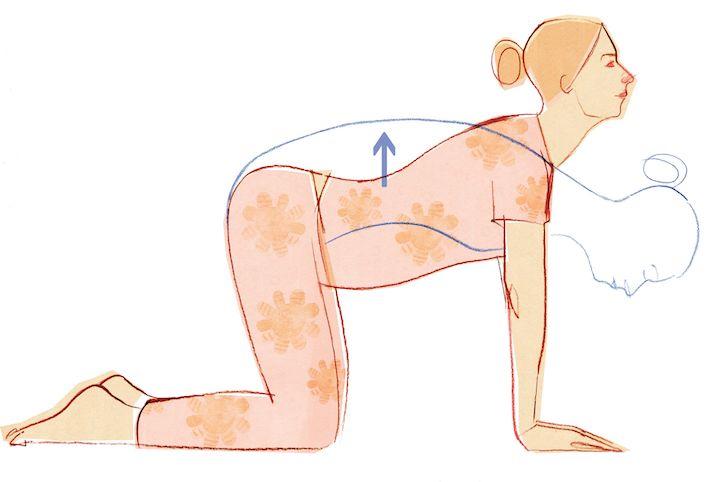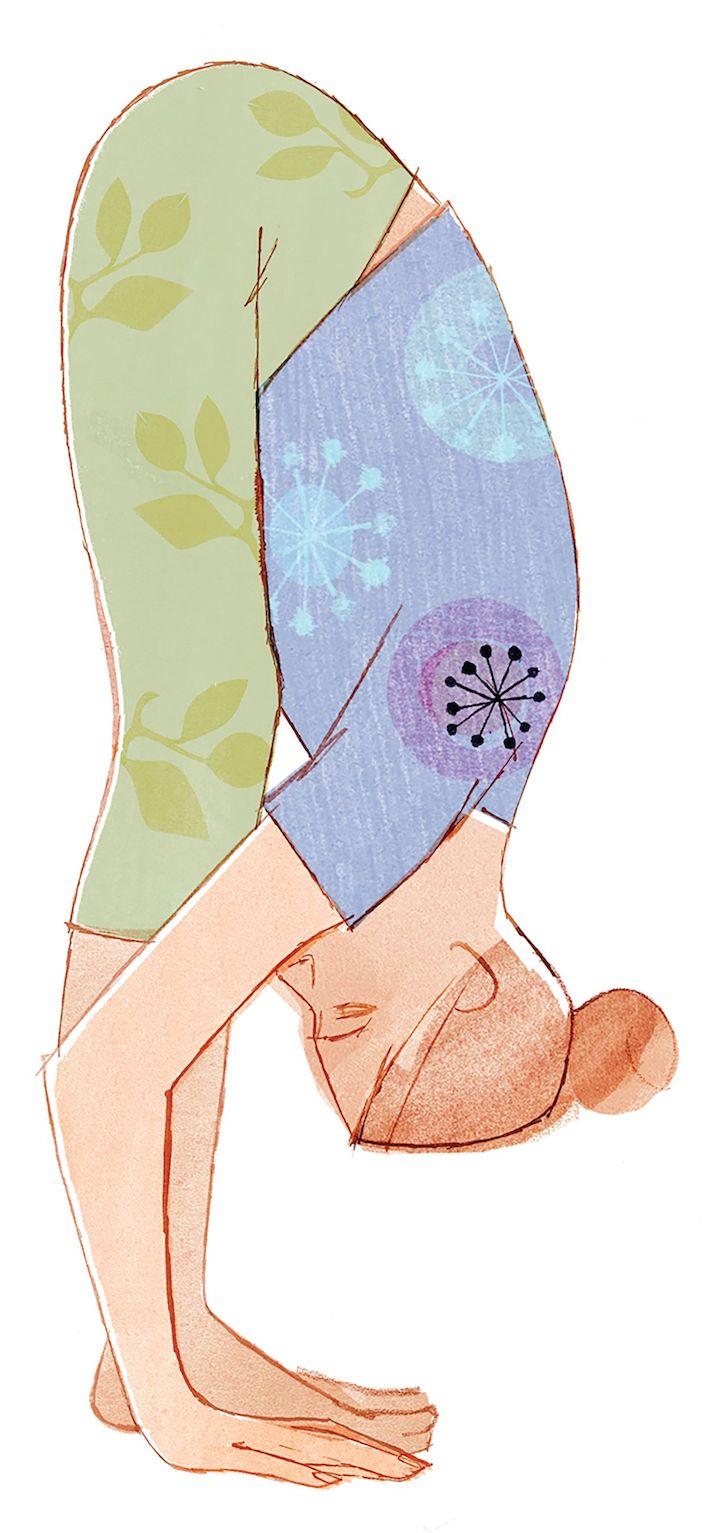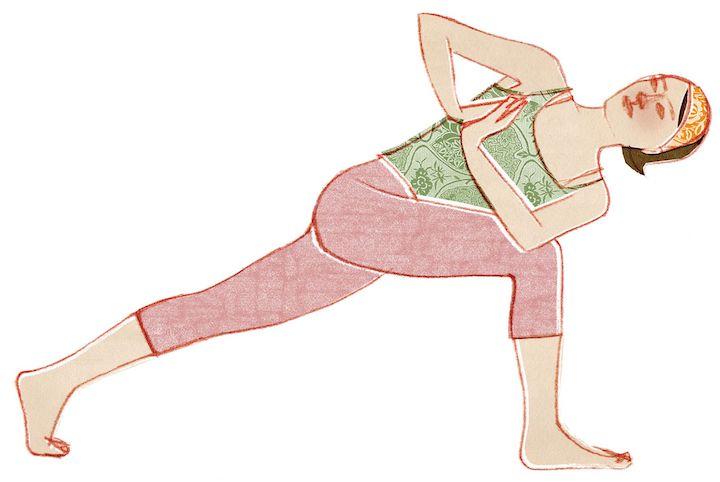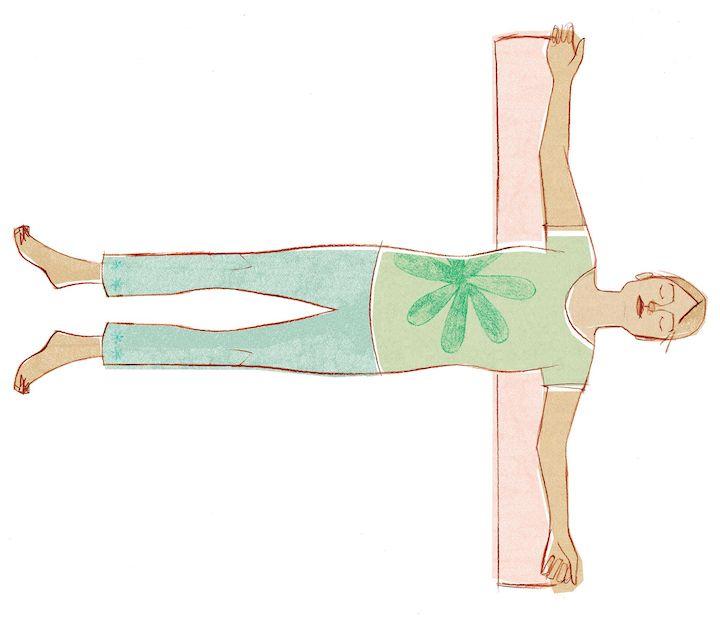Yoga for Caregivers
Pexels/Ketut Subiyanto
Caregivers need care too. Explore the best yoga-based solutions for soothing the caregiver’s heart, mind, and body.
Giving care—to a baby, a sick partner, an aging parent, or as a part of a career—is a sacred act. Offering your time, presence, and energy to someone is a powerful gift. It’s also hard as heck, especially when it means watching someone you care about suffer.
In order to care well, we need to be able to access the softness in our hearts that allows us to feel compassion and empathy for the one we are caring for. But it also requires strong boundaries that can create a protective barrier around that softness. When we do not appropriately protect our capacity to care, we can lose that softness altogether.
Compassion fatigue is like running out of the gas that fuels our engines for caring. When someone is relying on us, that can be very dangerous. When we do not take enough time to rest and restore ourselves, to do things we enjoy that nourish our physical and spiritual bodies, we have less to give to those to whom we are tending. When we don’t stop to care for ourselves, we can’t care for anybody else.
This struggle can often show up in the physical body. It’s often the back of the heart—the upper back region—that takes the burden of this work. Caregivers may also notice a special tightness in the hips, especially if they are tending to someone who is suffering. The stress and anxiety of watching a loved one in pain can cause the belly to contract, pulling the legs in towards the body. Releasing the front of the hips can help release that stress.
A regular practice of yoga nourishes the body and the spirit, and even a little bit can make a huge difference. Here are some postures you can do, in order if you wish or piecemeal, to soothe the heart, mind, and body.
As always, check with your health practitioner if you have any health concerns or conditions. Do not do anything that hurts.
Illustrations by Donna Grethen. DonnaGrethen.com.
SELF-LOVE MEDITATION
In a comfortable seat or lying down on your yoga mat, place one hand over your heart and your other hand over the top of your first hand. Breathe deeply into the space of your own heart, allowing the medicine of your breath to fill your cup. Focus only on yourself during this meditation, on your body sensations, breath, and emotions. If you find yourself thinking of someone else during this time, refocus back on yourself, caring for and loving your own self. Remain in this meditation for 3–10 minutes.
SUPPORTED FISH
This restorative posture opens the front of the heart and chest as well as the belly, which can be tense due to anxiety. It should be very comfortable, so breathe deeply and completely relax in this posture.
Place a bolster, long cushion, or a couple of pillows onto your yoga mat. Sit in front of them so that your bum is on the floor, and then lay back so that your spine and head are supported by the bolster/cushion/ pillow. Allow your arms to open to the sides so that your chest can gently open. If you like, add pillows under your knees for support. Breathe deeply into your chest. Stay for 2–20 minutes.
SUPINE TWIST
Twists are great for the shoulders, spine, hips, and digestion. Many caregivers, especially new parents, are often curled forward, looking down and lifting things up. This twist will help to soothe the discomfort that may be caused by those actions.
If you are coming out of supported fish, roll off your bolster or pillows and move them to the side. Start on your right side. Bring your knees up in line with your hips, and make a 90-degree angle with your legs (this may be adjusted for your comfort). Ensure you have a natural inward curve in your lower back (so you are not rounded in the lower back) and roll your left arm open to the left.
Allow your shoulder to come all the way to the floor. Your legs will likely separate a bit; you can put a pillow between them for comfort if you like. Stay for 5–10 breaths and then switch sides.
GENTLE CORE
Caregiving requires boundaries. The physical location for boundaries in the body is the solar plexus. Our abdominal muscles hold us up, support our backs, and provide a sense of strength and protection for our vulnerable middles. Even gentle core exercises can help us feel stronger from the inside out.
Lay on your back with your knees bent, feet on the floor. Keep your back neutral; don’t press your lower back into the floor.
Take a deep breath. On your exhale, gently engage your pelvic floor muscles and lower belly. Imagine you are trying to lift your genitals into your body and snuggle your belly button up behind your heart. Keep the engagement as you breathe deeply (so your breath will be located around your diaphragm, not your low belly).
Optionally,
interlace your fingers behind your head and
lift your upper back gently off the ground. Keep your belly hugging in, and
next time you exhale, lift your right foot off the floor a few inches, and as
you exhale, put it back down. Repeat on the left. Alternate 5–20 times or until
you feel fatigued.
If you find this easy, you can make it a bit harder by starting with your shins parallel to the floor, and on the exhales, tap the foot lightly down to the floor.
CAT/COW
Cat/Cow is wonderful for almost everyone and versatile depending on what you need. Take your time with it and really lean into what feels good.
Come onto all fours. As you inhale, arch your back so your tailbone points up and your belly stretches out. As you exhale, round your back completely, curling under like an angry cat. Repeat 5–10 times.
If you like, explore the movement, rolling in a circle, wagging your hips, curling from side to side, etc.
If hands and knees are uncomfortable, you can do Cat/ Cow in a seat.
STANDING FORWARD BEND
This pose releases back and neck tension. It also stretches the back and hamstrings. It provides a gentle reset, allowing blood to flow to the brain.
Stand at the top of your mat with your feet parallel, about hip-distance apart, and fold over your legs. Bend your knees as much as you need to be comfortable and do not lock the knees. Your arms may dangle, you can hold opposite elbows, or rest your elbows on your knees if your lower back feels sensitive or uncomfortable. Allow your neck to relax completely. Stay for 5–20 breaths.
Optionally, move from side to side, shake out your head, and/or bend one knee at a time. When you’re ready to come out, you may roll up slowly or press your hands into your thighs with a straight spine to rise.
TWISTED HIGH LUNGE
The psoas is a hip flexor muscle that can get very tight with lots of sitting. It is also intimately related to stress. Releasing the psoas can help melt accumulated stress. When we add a twist, we are gently massaging the internal organs, facilitating the detox of those stress hormones—plus it feels great on the back and shoulders.
From standing, step your right foot towards the back of your mat. Keep the heel high and bend both knees gently. Your front knee should be right over your ankle and your feet should be hip-width apart. Start with your spine tall.
Tuck your tailbone under as you work the back leg towards straight. You should feel a stretch at the front of your right thigh. If you like, reach your arms up, but keep the tailbone tucked. Stay for five breaths.
Now bring your hands together into a prayer position. Turn your body to the left in a mild twist. If it feels safe to go further, hook your right elbow across your left thigh. Line up your forearms perpendicular to the floor. Lift your chest, and hug your thighs together. In this twist, untuck your tailbone so that your lower back is neutral (not rounded). Stay five more breaths, then switch sides.
SAVASANA
Savasana is the ultimate rest pose. Try not to focus on anything in particular, but if you find your mind is wandering away from the here and now, focus on your breath. Do your best to relax your body completely. If you have only five minutes in a day, do this pose and forget all the others.
Lie down on your back. Allow your arms to open beside you with the palms up. That’s pretty much it! But you can add on as you like: pillows under the knees, a rolled towel under the neck, a blanket over the body, and/or an eye pillow over the eyes.
Illustrations by Donna Grethen. DonnaGrethen.com.

